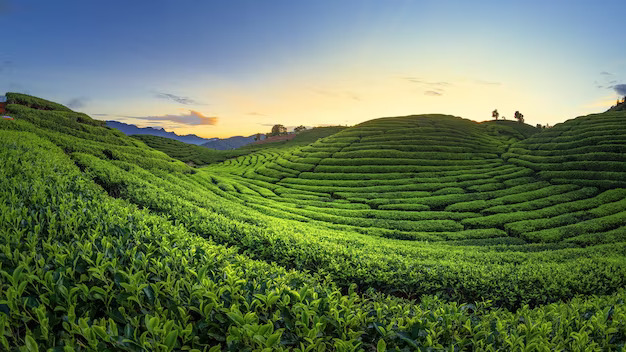Tea Production in India: A Steeped Tradition
India, a land of diverse cultures and landscapes, is not only known for its rich history but also for its contribution to the global tea industry. The tea production in India is deeply rooted in its history and has become an integral part of its economy and cultural fabric.
The story of tea in India dates back to the early 19th century when the British introduced tea cultivation in the northeastern state of Assam. Assam, with its lush green valleys and subtropical climate, proved to be an ideal region for cultivating tea. The success of tea cultivation in Assam led to the establishment of tea gardens in other parts of the country, such as Darjeeling in West Bengal, Nilgiri Hills in Tamil Nadu, and the Kangra Valley in Himachal Pradesh.
India is now one of the world’s largest tea producers, renowned for its distinct tea varieties and flavors. Assam tea, known for its bold and brisk flavor, remains a favorite for many, while Darjeeling tea, often referred to as the “Champagne of Teas,” boasts a delicate and floral aroma. Nilgiri tea offers a mellow and fragrant cup, and Kangra Valley tea is appreciated for its bright liquor and fresh taste.

The tea production process in India is labor-intensive and follows a well-defined pattern. The tea bushes are carefully cultivated in plantations that span acres of land. The plucking of tea leaves is a meticulous task, with only the top two leaves and a bud being harvested to ensure the best quality. These leaves undergo several stages of processing, which include withering, rolling, fermentation, drying, and sorting. Each step contributes to the unique characteristics and flavors of the final tea product.
The tea industry in India not only provides direct employment to millions of people but also supports the livelihoods of those involved in ancillary activities such as transportation, packaging, and marketing. Moreover, it significantly contributes to the country’s export earnings. India exports a substantial amount of tea to countries around the world, catering to a global demand for its diverse range of teas.
However, like any industry, the tea production sector in India faces challenges. Fluctuations in weather patterns, changing climatic conditions, and labor issues can impact both the quantity and quality of tea produced. Efforts are being made to address these challenges through sustainable agricultural practices, research and development, and supporting the welfare of tea workers.
In conclusion, the tea production in India is a fascinating blend of history, culture, and economics. It has evolved from its humble beginnings to become a global powerhouse in the tea industry. With its diverse flavors, meticulous production process, and significant economic impact, Indian tea continues to be a source of pride for the nation while delighting tea enthusiasts around the world.



Leave A Comment